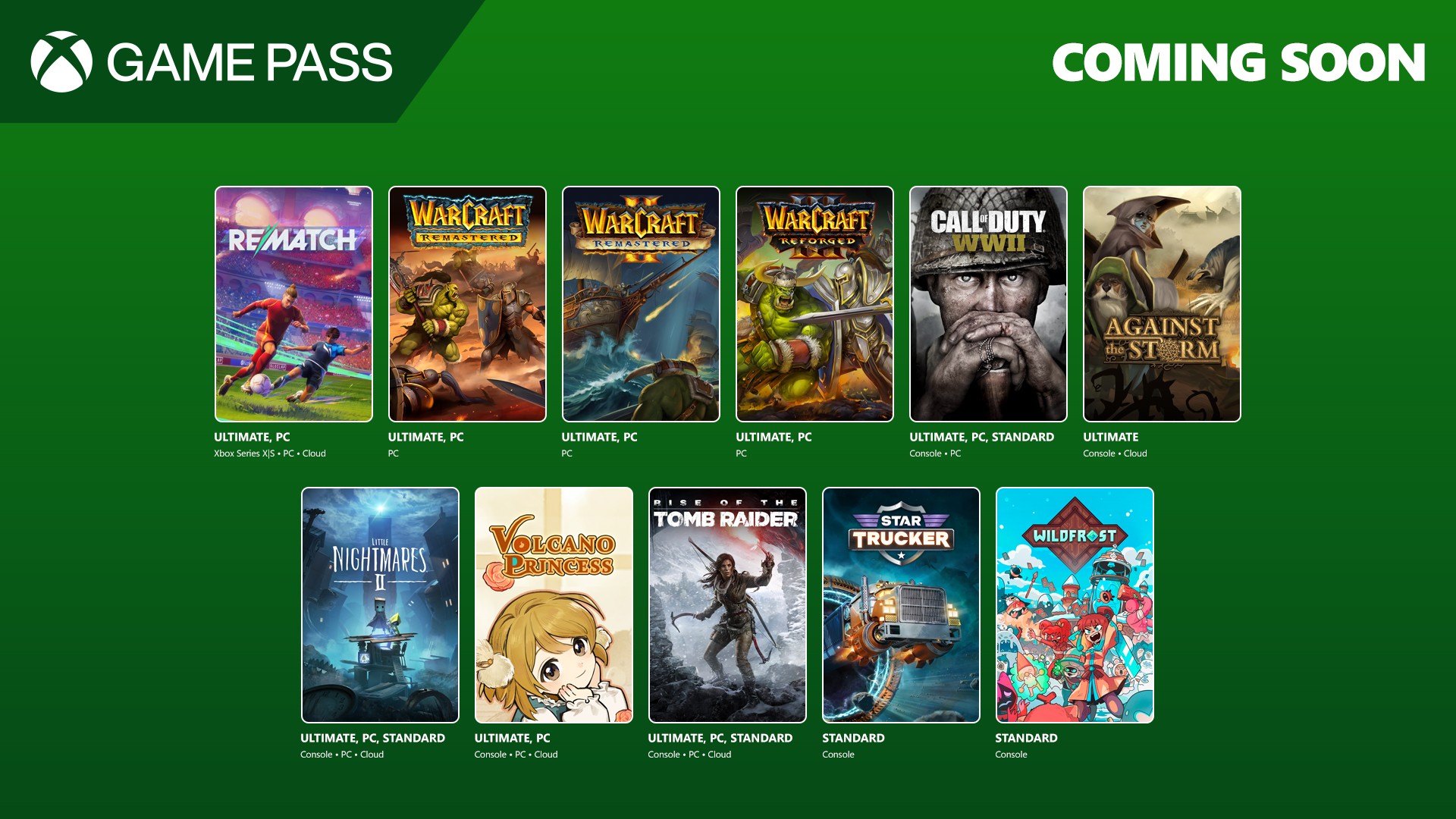Centralized DMS and information governance : keeping your data compliant
centralized document management system
In today’s digital workplace, data compliance is no longer a back-office task reserved for audits and legal teams. It’s a continuous responsibility that touches every document, workflow, and user action within your organization. With evolving regulations like GDPR, HIPAA, and ISO 27001, the stakes are high; failure to manage information properly can result in legal consequences, reputational damage, and financial loss.
This is where a centralized document management system (DMS) becomes essential. By centraIn lizing document control and combining it with robust information governance practices, organizations can ensure compliance, protect sensitive data, and build a more resilient information infrastructure.
So, how can a centralized DMS help maintain compliance? And what steps should your organization take to align document workflows with governance goals? Let’s break it down.
The Role of a Centralized Document Management System
A centralized DMS is a digital platform where all enterprise documents are stored, categorized, secured, and accessed from a single point. Unlike traditional file systems or scattered repositories, a centralized approach offers:
-
Standardized folder structures and naming conventions
-
Controlled access and permissions
-
Integrated version control and audit trails
-
Automation of document lifecycle events (e.g., review, approval, archival)
-
Seamless integration with business applications like CRM, ERP, and email
But its real strength lies in its ability to support information governance, the policies, roles, and processes that determine how your organization creates, manages, and uses information.
Why Information Governance Matters
Information governance ensures that data is accurate, secure, and handled by legal, regulatory, and internal policies. Poor governance can result in:
-
Unauthorized data access
-
Use of outdated or conflicting versions of documents
-
Missed retention deadlines
-
Difficulty during audits and investigations
A well-structured, centralized document management system provides the tools and framework necessary to enforce governance policies across the organization consistently.
Benefits of Centralized DMS for Compliance
Controlled Access and Permissions
With role-based access controls, organizations can define who can view, edit, approve, or delete documents. Sensitive records, such as contracts, HR files, or financial data, are restricted to authorized personnel, thereby reducing the risk of internal data leaks.
Permissions can be applied at the folder, document, or metadata level, ensuring granularity without complexity.
Consistent Metadata and Classification
Using standardized metadata (such as document type, owner, department, or sensitivity level) ensures that documents are categorized consistently. This makes it easier to apply retention policies, locate documents for audits, and generate compliance reports.
Metadata also improves search functionality and enhances workflow automation based on document attributes.
Automated Retention and Disposition Policies
Every document has a lifecycle. SharePoint and other leading DMS platforms enable organizations to automate retention policies, archiving, and document deletion after a specified period.
For example:
-
Invoices may be retained for 7 years
-
HR policies may require annual review
-
Contract drafts may auto-delete after 90 days if not approved
Automating these rules eliminates the risk of keeping documents longer than necessary or losing critical records prematurely.
Version Control and Audit Trails
With built-in version control, users can always access the latest approved version of a document while retaining the ability to review past iterations.
Audit logs track who accessed, modified, or shared a document and when, creating a verifiable trail that supports internal investigations and compliance audits.
Workflow Automation for Policy Enforcement
Custom workflows ensure that documents follow required approval routes, review schedules, or access requests. For instance, compliance policies can be set to auto-circulate to employees for acknowledgment with read receipts logged digitally.
Automated workflows reduce reliance on manual reminders and ensure consistent application of governance policies across departments.
Secure External Sharing
In regulated industries, sharing documents with partners, vendors, or regulators is common but risky. A centralized DMS allows secure external access with expiry dates, access logs, and watermarking to prevent misuse.
Some platforms also include Information Rights Management (IRM) and encryption features to prevent downloading or unauthorized distribution.
Real-World Scenario: Financial Sector Document Compliance
A mid-sized financial services firm needed to comply with industry-specific regulations that required document retention, strict access control, and auditability. They replaced a patchwork of shared drives with a centralized document management system powered by SharePoint.
Within months, they achieved:
-
100% policy-based retention and archival
-
Automated reminders for document reviews
-
Secure external sharing for audit teams
-
Role-based access is aligned with employee hierarchy
-
Complete audit readiness with detailed activity logs
By aligning their document infrastructure with governance principles, they turned compliance from a burden into a business strength.
Best Practices for Governance-Driven DMS Implementation
-
Define your governance policies before selecting or customizing your DMS.
-
Conduct a content audit to clean up outdated, duplicate, or non-compliant documents.
-
Establish naming conventions, metadata structures, and folder hierarchies.
-
Apply default permissions and access policies based on roles or departments.
-
Train your users on best practices for document handling and policy awareness.
-
Monitor system usage and periodically review retention and access logs.
Why Choose Neologix for Your DMS Implementation?
At Neologix, we specialize in designing and implementing centralized document management systems with governance built in. Whether you’re in finance, healthcare, government, or enterprise IT, our experts help you:
-
Define governance requirements and retention schedules
-
Customize SharePoint or Doxis DMS platforms for your workflows
-
Automate lifecycle management and approval processes
-
Ensure compliance with ISO 27001, GDPR, HIPAA, and other standards
-
Train users and conduct post-implementation reviews
Our solutions don’t just organize documents, they ensure your organization stays secure, efficient, and audit-ready.
Final Thoughts
A centralized document management system is more than a digital filing cabinet; it’s the foundation for effective information governance and regulatory compliance. In a world where data is both a liability and an asset, the ability to control, audit, and automate document processes is critical.
If your current document practices are fragmented or putting you at risk, it’s time to take action. Discover how a centralized DMS from Neologix can help you maintain compliance, security, and control.
Learn more about centralized document management systems and how to get started.
What's Your Reaction?
 Like
0
Like
0
 Dislike
0
Dislike
0
 Love
0
Love
0
 Funny
0
Funny
0
 Angry
0
Angry
0
 Sad
0
Sad
0
 Wow
0
Wow
0

































